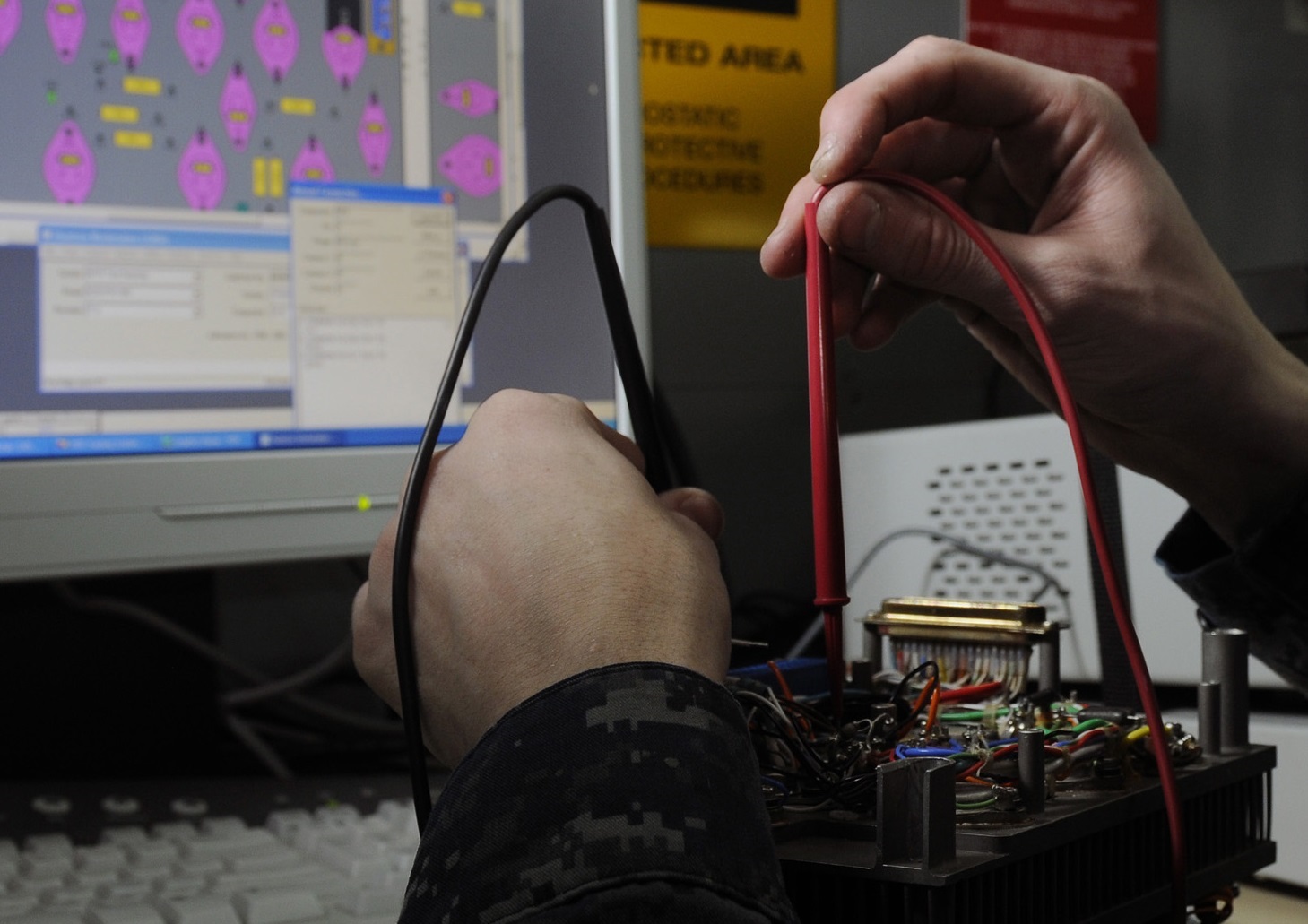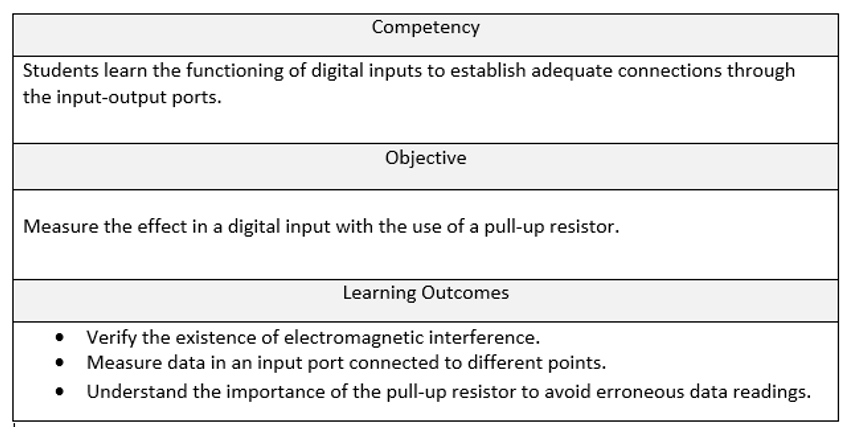Linking theory and practice in electronics courses can be quite challenging. Even though we rely on laboratory practices and/or final projects, they are not entirely effective, especially if they are not offered in the same semester as the theoretical courses, or there is a time gap between the classwork and the laboratory experiments. The outcome is confusion in our students, given the lack or overlap of information. Moreover, electronics courses (analogical and digital) very often focus on covering content and have hardly evolved over the past 30 years. Of course, many teachers have tried to lessen these deficiencies through videos and a few practical classes now and again.
In this article, I am proposing an assessment method for the disciplinary competencies that my students should develop, using an example which other teachers can also follow and implement.
data-animation-override>
“My proposal is a method of evaluating the disciplinary competences for the electronics class, which can be adapted and implemented by other teachers.”
The design for my proposal emerged four years ago, while I was teaching an Applied Electronics class to Mechatronics students. After completing on the blackboard an “elegant” mathematical demonstration of an oscillating circuit using operational amplifiers, I said to my students, “As can be seen, the circuit’s oscillation frequency is …”, when suddenly a student raised his hand and said to me, “Teacher, why don’t we build it physically, using real devices and materials and then compare our theoretical results and those of the simulator?” I had a flash of inspiration and, after a few moments, answered, “Even better, apart from the theoretical midterms, we’ll have practical exams in the electronics laboratory.”
This suggestion was immediately well accepted by the students. Finally, they would have the opportunity to know, connect and test real electronic circuits, in a course that is usually theoretical, without having to wait a semester or a year for their formal laboratory practice. I implemented this same idea in other courses where we address topics on diodes, transistors and microcontrollers, which use programmable circuits.
From then on, I decided to investigate more and study the subject of competencies and their assessment. I understood the importance of following a defined, planned, systematic methodology to assess disciplinary competencies methodically and precisely in electronics courses.
To design an activity in a competency-based educational, first you have to define the competency or sub-competency to be mastered, followed by the learning objective and learning outcomes. The next step is to develop the activity and determine the expected results from the experiment. An assessment instrument, such as graphic organizers, essays, observation logs, research reports and/or evidence portfolios, is used to evaluate and demonstrate the level achieved by students in the competency (Edu Trends Performance Evaluation, 2016).
The following is an example of how I will assess the competencies in my course. First of all, it is important to define the competency to be developed, the learning objectives and the expected learning outcomes.
Table 1: Example of a competency statement / Source: Edu Trends, Feb 2015, pg. 15
The learning scenario will be structured, since the vast majority of activities will take place in the classroom or in the laboratory.
I will be using problem-based learning for this example, to guide students in the analysis of a real physical event (electromagnetic interference) that affects the digital ports of a microcontroller. Project-based learning will be employed for the final integrating project.
For the classroom experiments, I will be using observation logs (observation guide with evaluation: range scale) as the assessment instruments, and for the practical exams and the final integrating project, an analytical rubric, since this type of rubric considers each detail of the circuit to be evaluated more specifically.
The following table shows the instrument for evaluating the first midterm final project for the course Microcontrollers: Construction and testing of a 4X4X4 LED cube.
Table 2: Assessment instrument / Source: Arceo, A. (2013). Questionnaire, rubric or checklist. [slide 17].
The competency-based assessment method proposed here is innovative because it solves fundamental deficiencies by continually evaluating the knowledge and skills being acquired, periodically, in midterms and in the final period, with ongoing practical experiments, which awaken students’ interest in the field of electronic engineering.
By the end of the project, I will have created and applied diverse experiments, practical exams and projects, which will be available to any professors interested in changing their teaching method, not only in the field of electronics, but also in other areas of engineering or social sciences.
About the author
Raúl Luis López Reyes is a Communications and Electronics Engineer and holds a Master’s degree in Electronics. He also teaches support classes in the fields of electrical circuits, electronics, microcontrollers, mathematics and physics at Tecnológico de Monterrey, Campus Ciudad Juárez.
This article from Observatory of the Institute for the Future of Education may be shared under the terms of the license CC BY-NC-SA 4.0 
)
)



![Table 2: Assessment instrument / Source: Arceo, A. (2013). Questionnaire, rubric or checklist. [slide 17].](https://images.squarespace-cdn.com/content/v1/5475f6eae4b0821160f6ac3e/1515433931315-ZCPIDE9JCLLSSCNVY6R7/assessment_instrument.png)
)